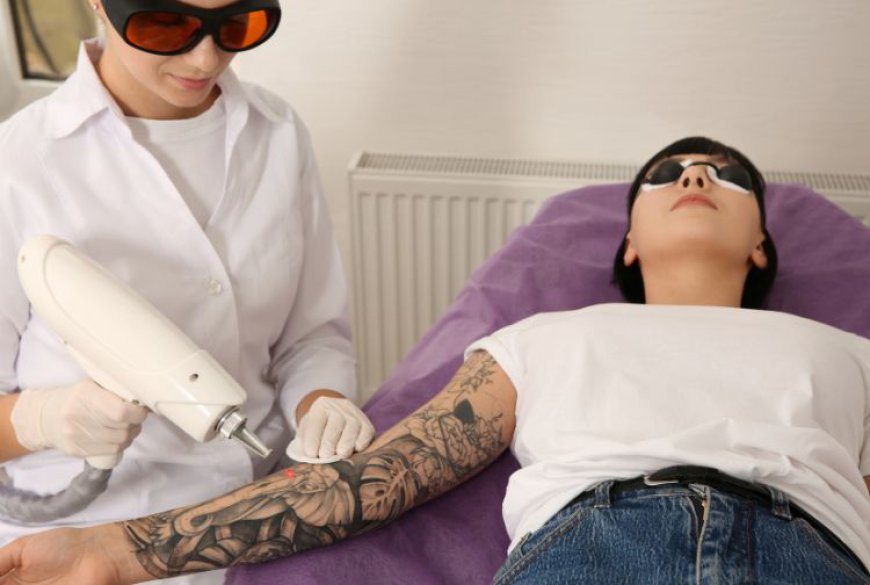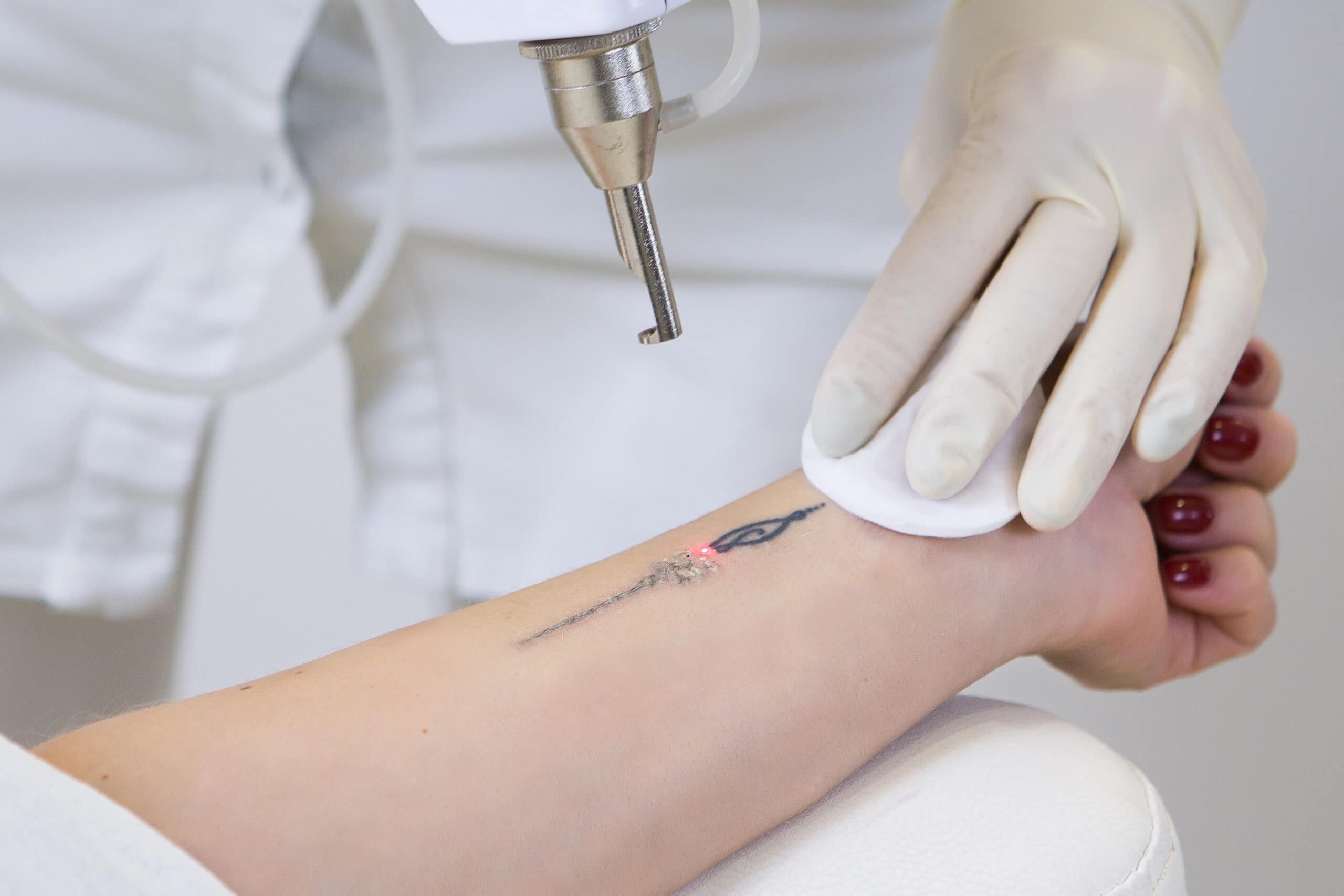Exploring the Various Technologies Used in Laser Tattoo Removal in Dubai
The Enfield Royal Clinic is providing Best Laser Tattoo Removal in Dubai . It is safe, FDA-approved procedure, requires only 4-5 sessions to give a clear skin.

Laser tattoo removal has gained significant popularity in Dubai as a safe and effective method for those wishing to erase their inked past. This article delves into the various technologies utilized in laser Tattoo Removal Dubai, shedding light on how they work and their effectiveness.
The Basics of Laser Tattoo Removal
Laser tattoo removal involves the use of high-intensity light beams that target the pigment in the tattoo ink. The laser energy is absorbed by the ink particles, causing them to break down into smaller fragments that can be eliminated by the body’s immune system. Different types of lasers are used depending on the ink colors and the depth of the tattoo.
Q-Switched Lasers
One of the most common technologies used in laser tattoo removal is the Q-switched laser. This type of laser emits powerful pulses of energy that effectively break down tattoo ink. Q-switched lasers are particularly effective for treating a variety of ink colors, including black, blue, and green. Their rapid pulse rate minimizes damage to surrounding skin, making them a popular choice for tattoo removal procedures.
Picosecond Lasers
Picosecond lasers represent a significant advancement in tattoo removal technology. They deliver ultra-short pulses of energy, measured in picoseconds, which results in even greater fragmentation of ink particles. This allows for faster treatments and potentially fewer sessions for complete tattoo removal. Picosecond lasers are highly effective for stubborn colors, such as bright greens and blues, which can be challenging to remove with traditional lasers.
Dual-Wavelength Lasers
Another innovative approach in laser tattoo removal involves the use of dual-wavelength lasers. These systems utilize two different wavelengths of light to target multiple colors of ink simultaneously. By combining the capabilities of different lasers, practitioners can treat a broader range of tattoo pigments in fewer sessions, enhancing the overall efficiency of the removal process.

Ruby Lasers
Ruby lasers are among the earliest lasers used for tattoo removal and are particularly effective for treating dark tattoos. This technology emits a red wavelength that can penetrate the skin deeply, making it suitable for targeting black and dark blue inks. While Ruby lasers may require more sessions than some newer technologies, they remain a viable option for specific ink colors.
Alexandrite Lasers
The Alexandrite laser is another option for tattoo removal that operates at a longer wavelength, making it effective for lighter skin types. This laser is particularly good at removing green and black inks. The Alexandrite laser’s ability to deliver high energy levels while minimizing damage to surrounding tissue makes it a popular choice among practitioners in Dubai.
CO2 Lasers
CO2 lasers utilize a different mechanism for tattoo removal. Instead of targeting ink particles directly, CO2 lasers vaporize the outer layers of skin where the tattoo is located. This method can be effective for older tattoos that may have faded over time or for those looking to remove tattoos that are not heavily saturated with ink. While CO2 lasers can provide good results, they may require more recovery time compared to other laser technologies.
Fractional Lasers
Fractional laser technology divides the laser beam into thousands of tiny dots, allowing for more controlled and precise treatment. This technology is particularly beneficial for those who may have concerns about skin texture or scarring. Fractional lasers can help improve the overall appearance of the skin while removing tattoos, making them a favorable option for patients seeking both tattoo removal and skin rejuvenation.
Conclusion
The field of laser tattoo removal in Dubai continues to evolve with advancements in technology. Various lasers, including Q-switched, picosecond, dual-wavelength, Ruby, Alexandrite, CO2, and fractional lasers, each offer unique benefits and effectiveness depending on the type of tattoo and individual skin characteristics. As laser technology advances, patients can expect more efficient, effective, and tailored solutions for their tattoo removal needs.
